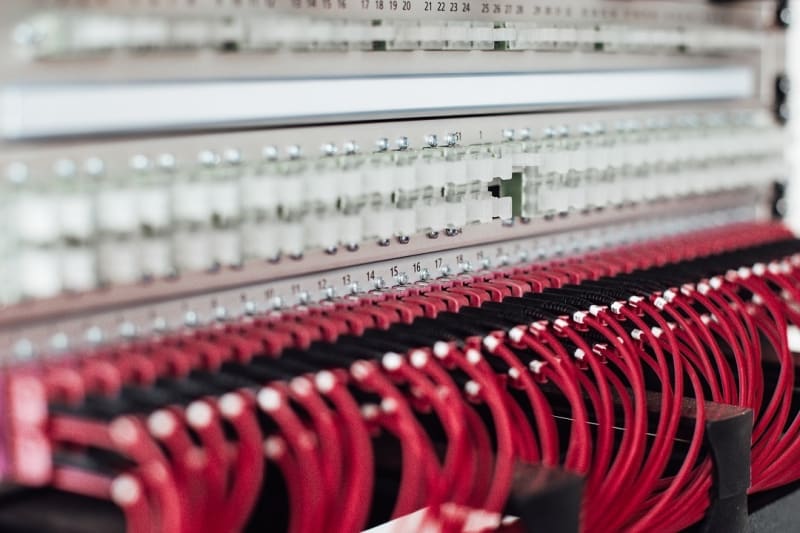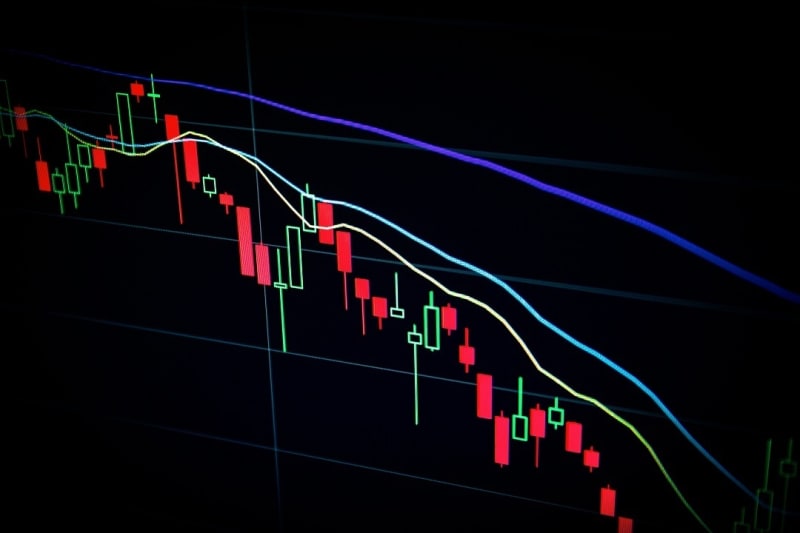In the current AI-driven tech world, there’s a concept gaining momentum: data streaming, or event stream processing.
You might have just started hearing these terms, like I did not too long ago.
But they’re becoming increasingly vital, especially with the rise of autonomous agents.
This week we’re diving into data streams, making them accessible for beginners, an essential step for your future projects in AI.
Data streaming might initially seem complex, but it’s an increasingly vital skill that’s entirely within your grasp.
We’ll explore fundamental concepts, practical applications, and tools to get you started on your data streaming journey.
What is Data Streaming?
Picture data streaming as a non-stop flow of data from various sources like IoT sensors, servers, or apps.
However, regulating structure, maintaining data integrity, and controlling the volume or speed of this data is a tall order.
Traditional methods focus on ingesting and structuring data before we can use it.
But streaming data architecture steps it up, allowing us to consume, store, and analyse data as it happens, and then act upon it.
And it’s everywhere; in real-time stock trades, the latest updates in retail inventory, your social media feeds, online multiplayer games, even in how ride-sharing apps operate.
The Basics of Data Streaming
When building applications for data streams, two things are always needed: storage and processing:
- Storage has to record massive data streams sequentially and consistently.
- Processing needs to work with this storage, handling, analysing, and computing the data.
In the data streaming world, data flow is the journey data takes from its source to where it’s processed.
Buffering is like a waiting room for data, holding it temporarily before it’s processed.
Windowing is a bit like taking snapshots; it processes data in small, manageable chunks based on time or quantity.
Stream processing engines are the brains of the operation, orchestrating how data is received, processed, and stored.
Think of them as air traffic controllers, directing the flow of data efficiently and accurately.
Getting Started with Data Streams
Data streaming breathes life into countless applications, making real-time interaction a reality.
Social media feeds updating instantly? That’s data streaming at work.
Financial trading platforms use it to track stock movements as they happen, enabling rapid decision-making.
IoT devices, from smart thermostats to fitness trackers, rely on data streaming for real-time updates.
In each of these cases, data streaming ensures timely and relevant information delivery.
For emerging developers eager to dive into data streaming, starting with the basics is key.
Begin by understanding the fundamental concepts and how data flows in a streaming architecture.
Platforms like Apache Kafka and Amazon Kinesis are great starting points for hands-on experience.
These tools offer a friendly way to experiment with and understand the nuances of data streaming.
There are also numerous online tutorials and courses tailored to beginners in data streaming.
By exploring these resources, emerging developers can build a strong foundation in data streaming technology.
Challenges in Data Streaming
Data streaming, while powerful, comes with its own set of challenges.
One major challenge is managing the sheer volume and velocity of data in real-time.
Data quality and consistency can be tough to maintain, yet they’re crucial for accurate processing.
Security is another critical concern, especially with sensitive data flowing continuously.
As for solutions, implementing robust data validation processes is key to maintaining data integrity.
For handling volume and speed, scalable infrastructure and efficient stream processing engines are essential.
To tackle security, incorporating advanced encryption and access control mechanisms is vital.
Looking ahead, data streaming is likely to become even more integrated into software development.
It’s set to evolve with advancements in AI and machine learning, further enhancing its capabilities.
We can expect data streaming to play a significant role in real-time analytics and decision-making processes.
The future of data streaming is not just about handling data; it’s about deriving insights faster and more reliably than ever before.
This evolution will undoubtedly shape how we develop and interact with software in the years to come.
Conclusion
Despite its challenges, such as managing data volume and ensuring security, data streaming is pivotal in modern software development.
I encourage you to dive deeper into this fascinating area and experiment with data streaming in your own projects.
The possibilities are vast, and the knowledge gained can be a game-changer in your development journey.
At APIDNA we are at the forefront of revolution in the AI space, making use of autonomous agents in API integration for the first time!
Sign up to the APIDNA mailing list today to be the first to hear about our launch and updates!
Reading List:
Data Streaming: The Complete Introduction












Top comments (0)